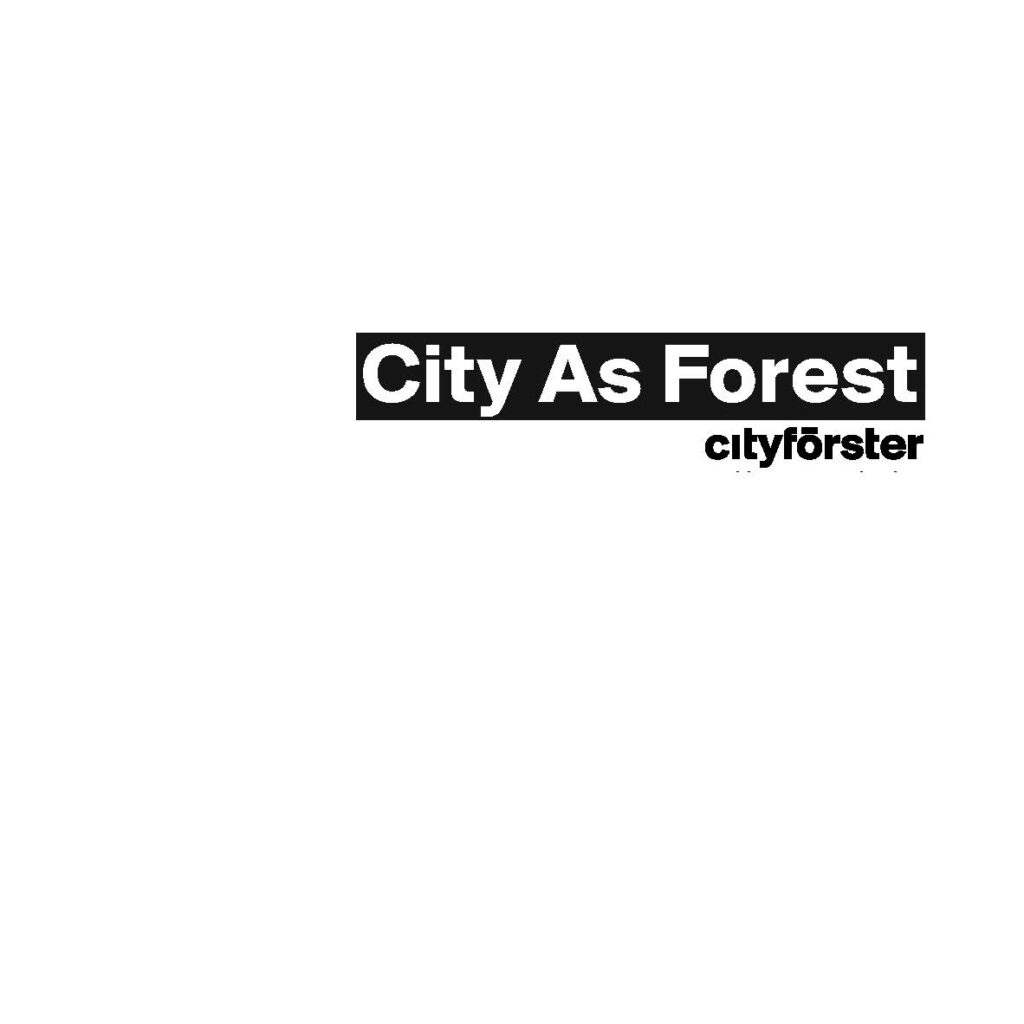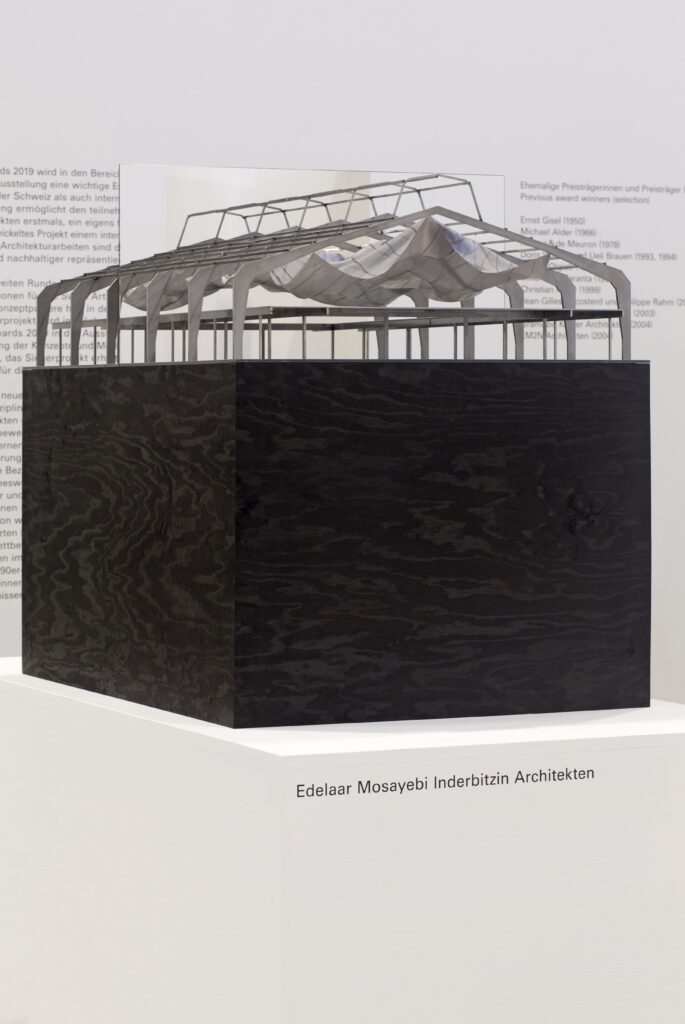Return to archive
title
A Map of Movements
author
Gennaro Postiglione

A Map of Movements, ©TACK
Gennaro Postiglione initiated the idea of a “TACK Map” and shares with us his thoughts on the produced map.
The decision to edit produce a TACK Map of ESRs’ mobility was taken with a twofold ambition. First, to visualisespatialize their on-going work movements across Europe and beyond as they engage inbetween research, field work, conferences and lectures, and second, to demonstrate make more accessible to a wide audience how their individual activities arey is strongly connected to each other. The map, in fact, communicate quite clearly shows how ESRs’ the research paths of the different TACK ESRs are continuously intertwineing, thus giving evidence to the providing evidence of the efforts of the put by TACK Consortium for the to foster creation of a cCommunity of rResearchers as a foundational element for investigating “Communities of Tacit Knowledge in Architecture”. The activity of the TACK ESRs’ activity, as the map showswn in the map, well manifestsillustrates how the ambitions of the project so far have been so far satisfied achieved, with a richness of connections and cross-overs going far beyond what was initially imagined, with a strong impact on ERS’ individual research trajectories or even deemed possible given the restrictions imposed at the outbreak of the Covid-19 pandemic. Moreover, tThe map also records the creation of more individual other circles of knowledge, more focused on each individualper ESR, and produced byresulting from their intense engagement with further in research and dissemination actiivities. Thus, y. Attending conferences, delivering lectures and expanding the field work is improving, in fact, TACK dissemination plan reaching a wideris expanding its Community of Knowledge and building a consistent future research network.
Last but not least, the map also shows also a lack of interest in somesome geographical ‘blind spots’. Some countries in Europe areas in Europethat have traditionally with had a strong influence inon architecture history theory and design, such as France, Spain and Portugal have been left out. Perhaps . Maybe, during the last year of the project, we could pay closer there could be a focus to look with more attention to opportunities coming up exactly from those arising in these areas, and giving them priorityto further expand our Community of Knowledge.



